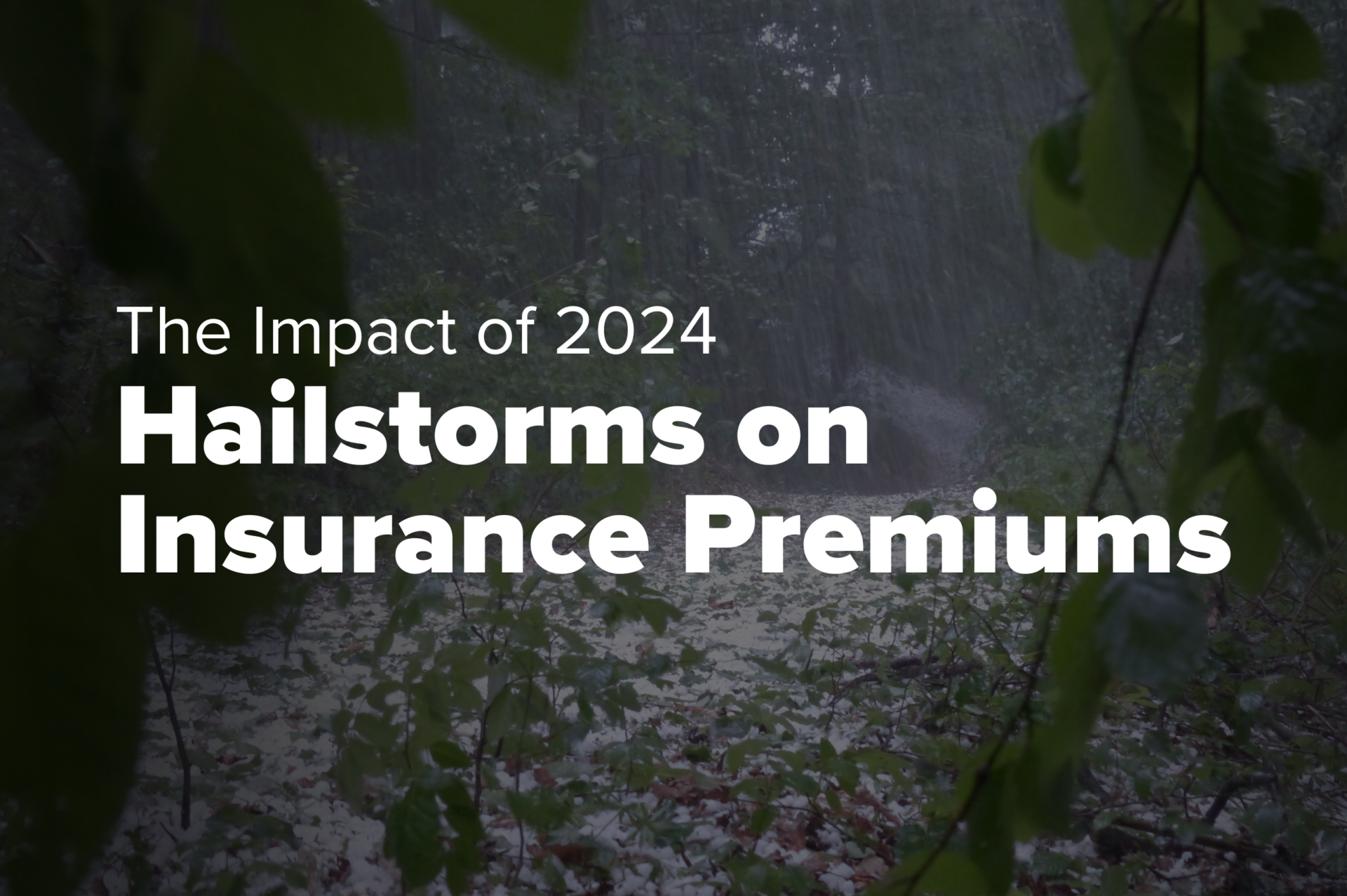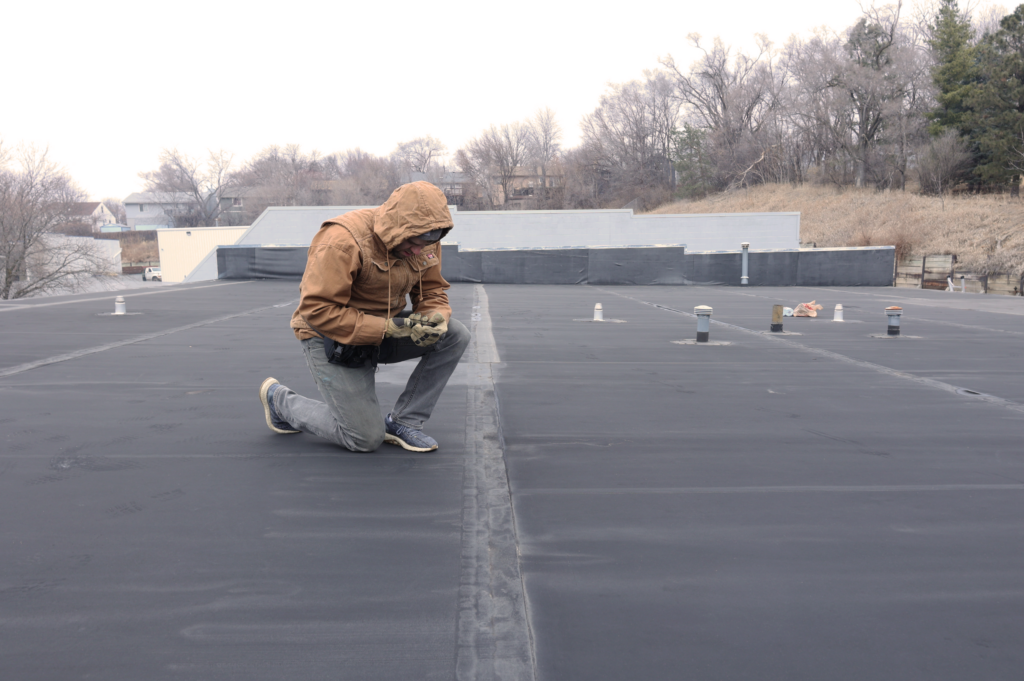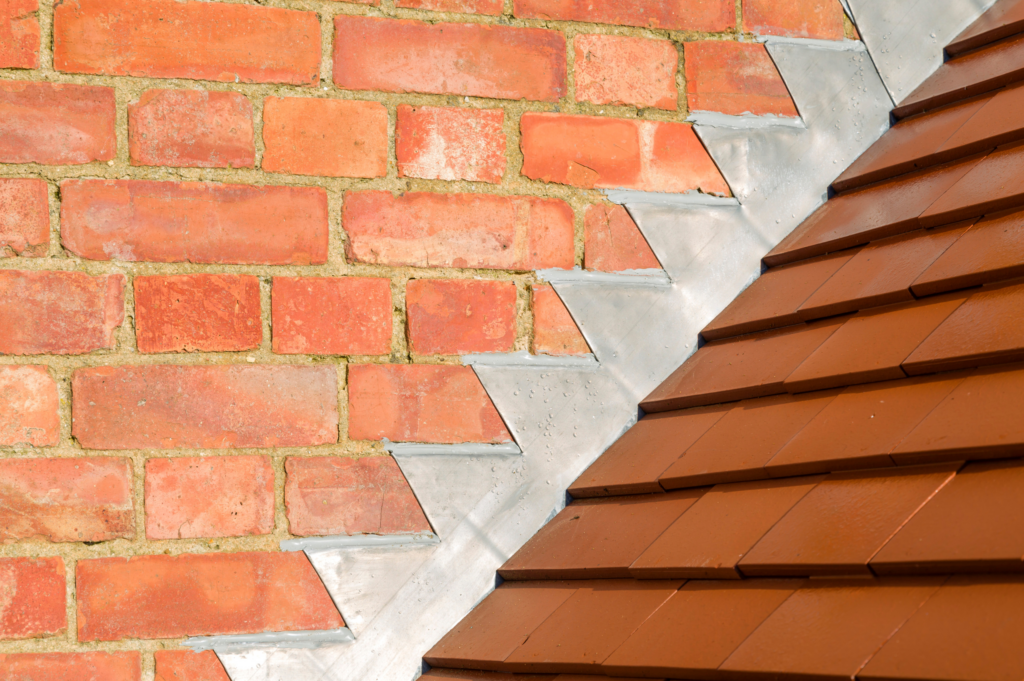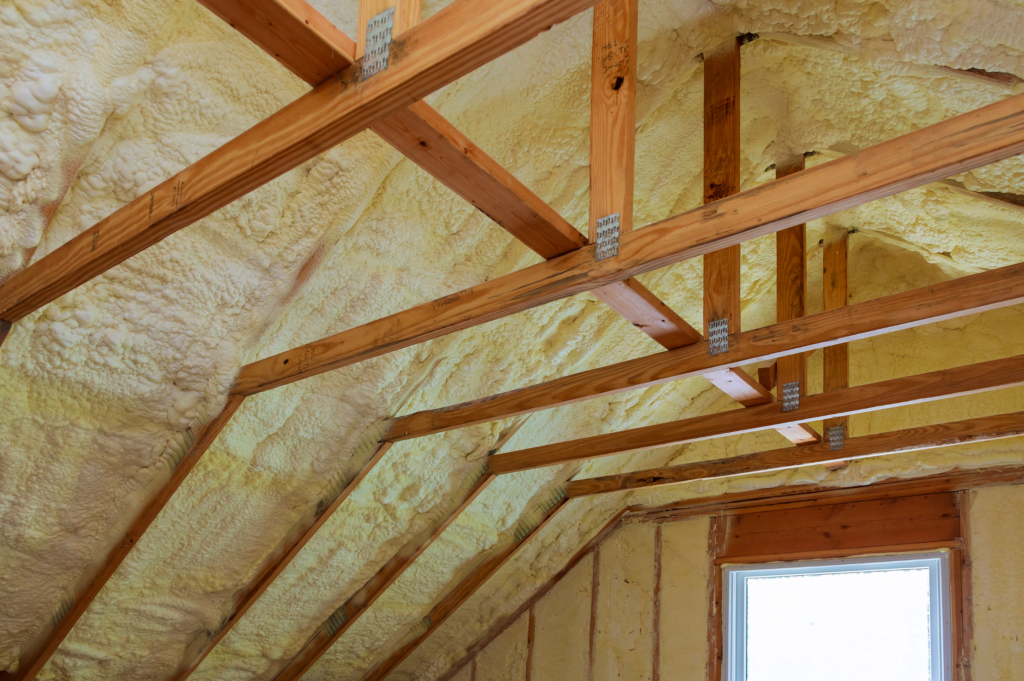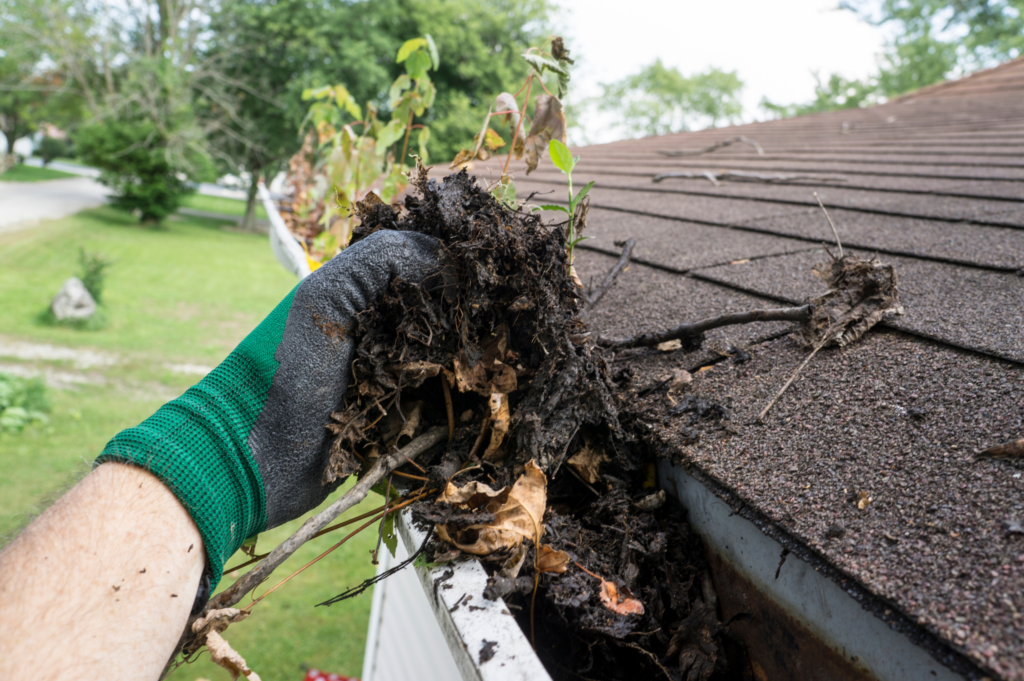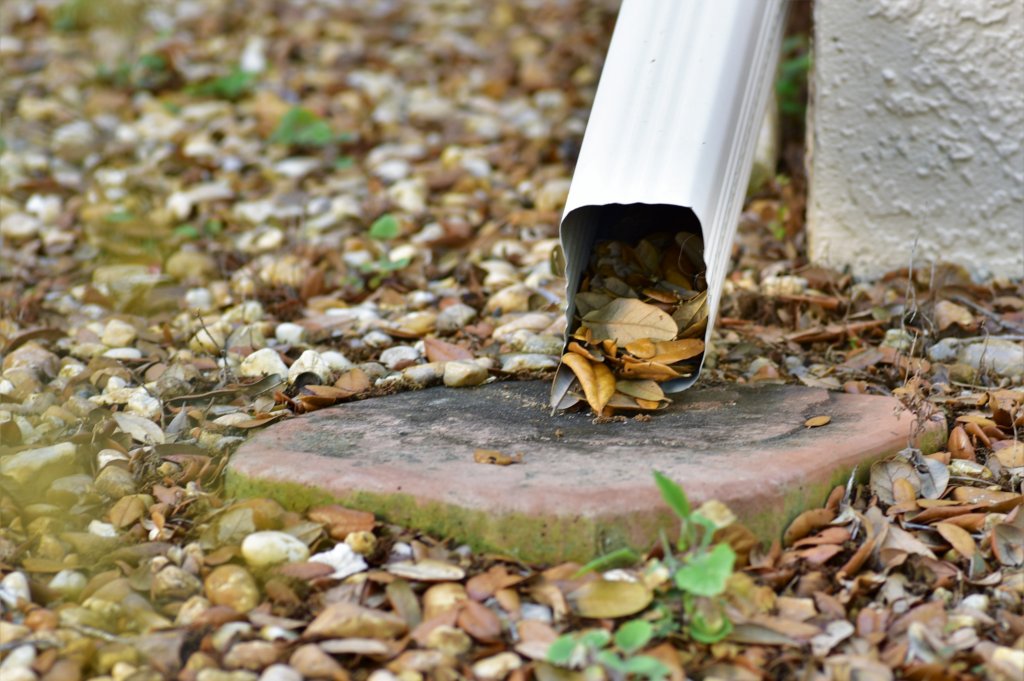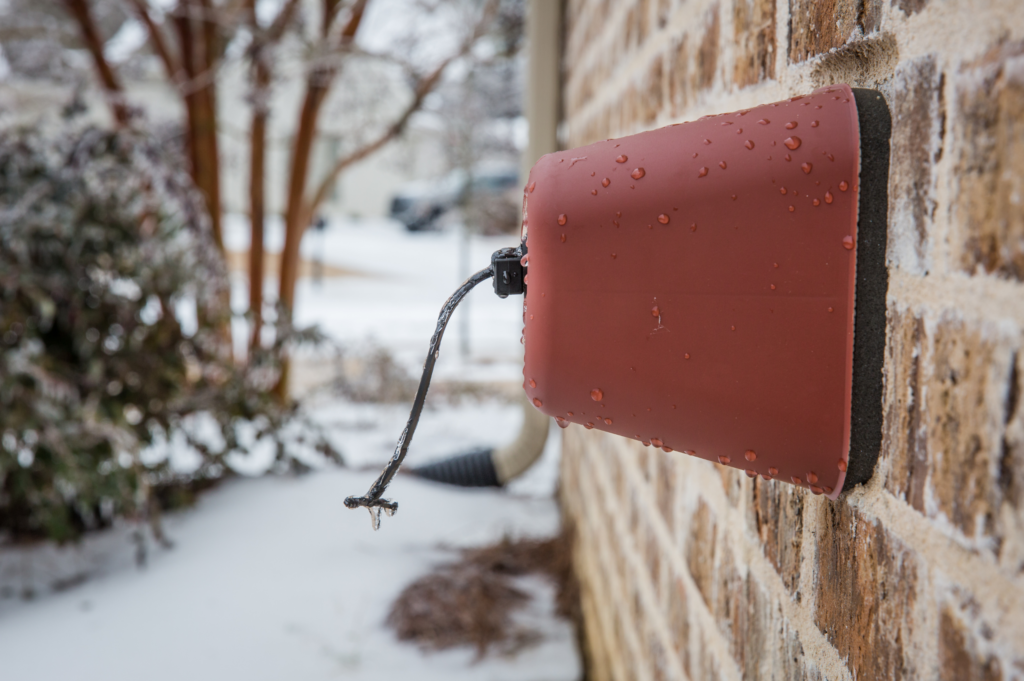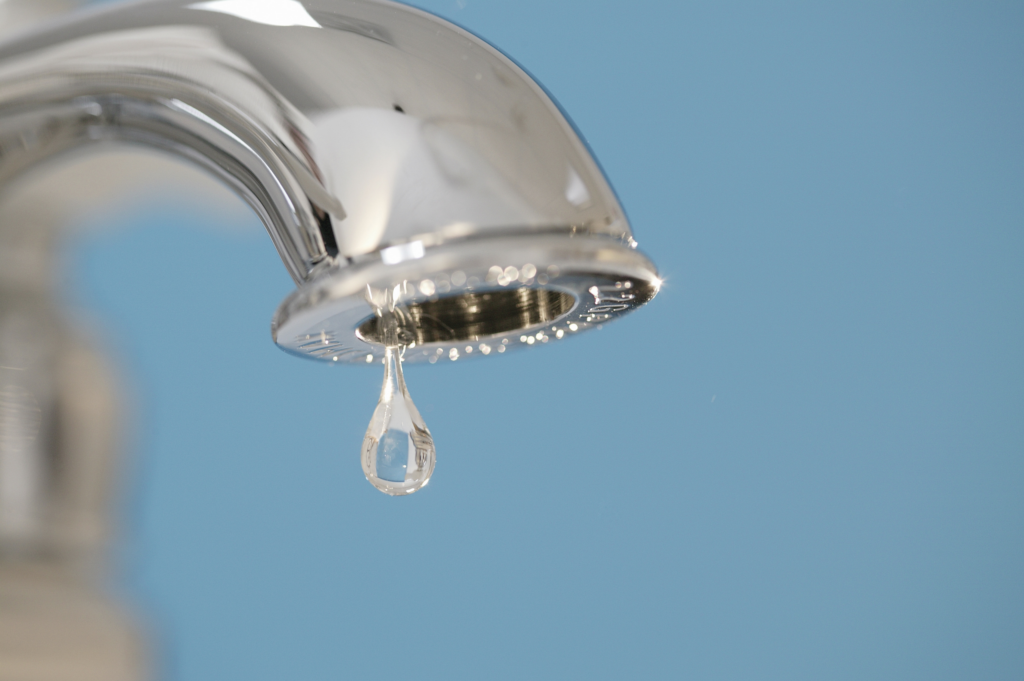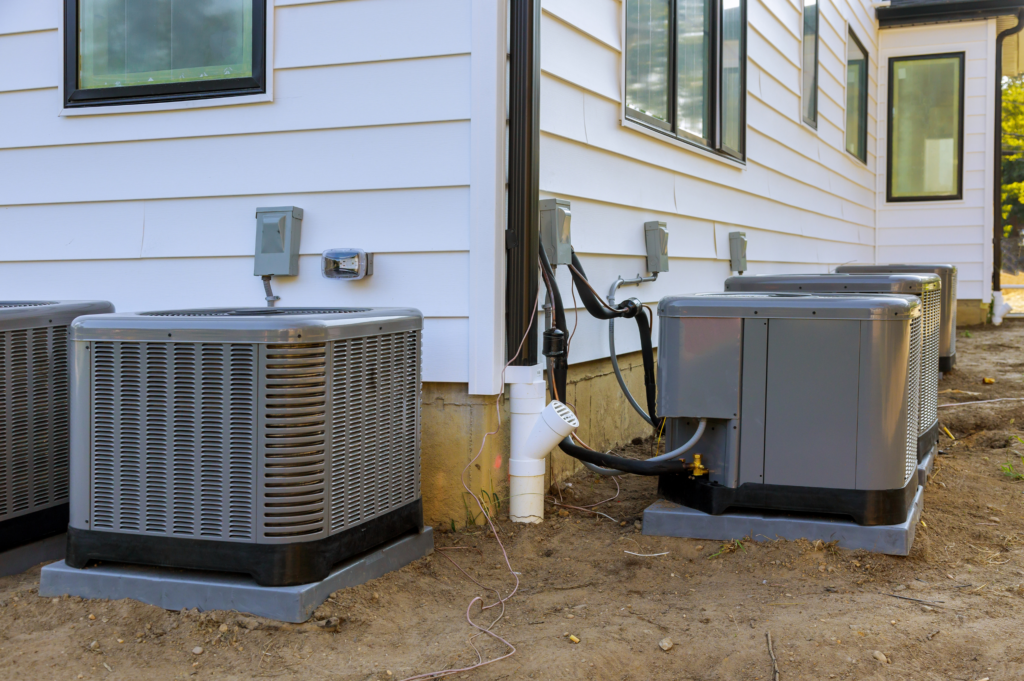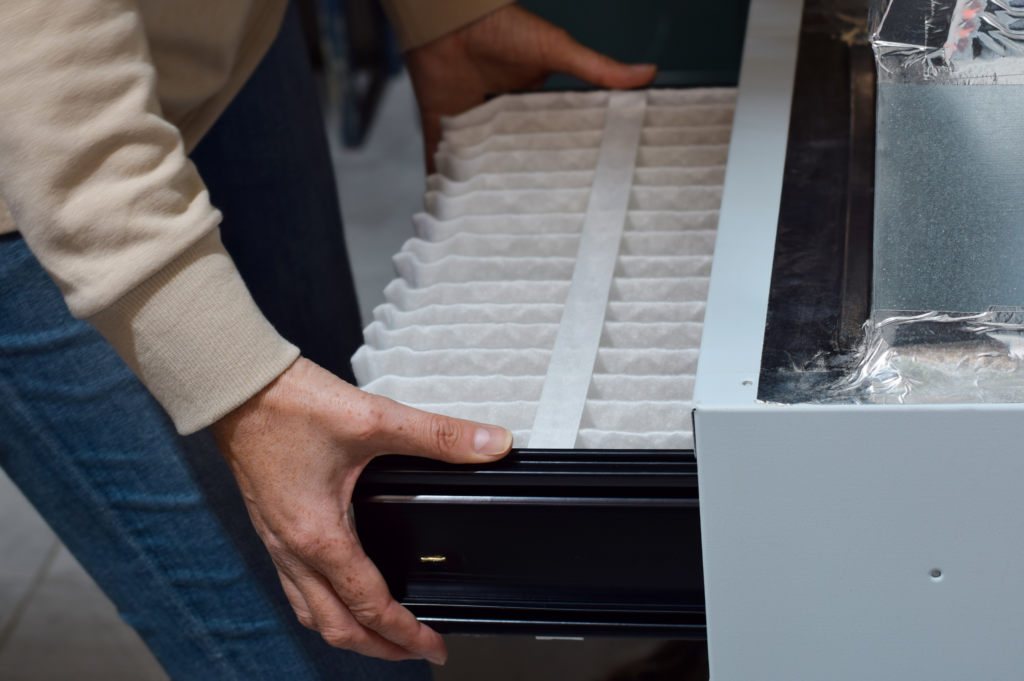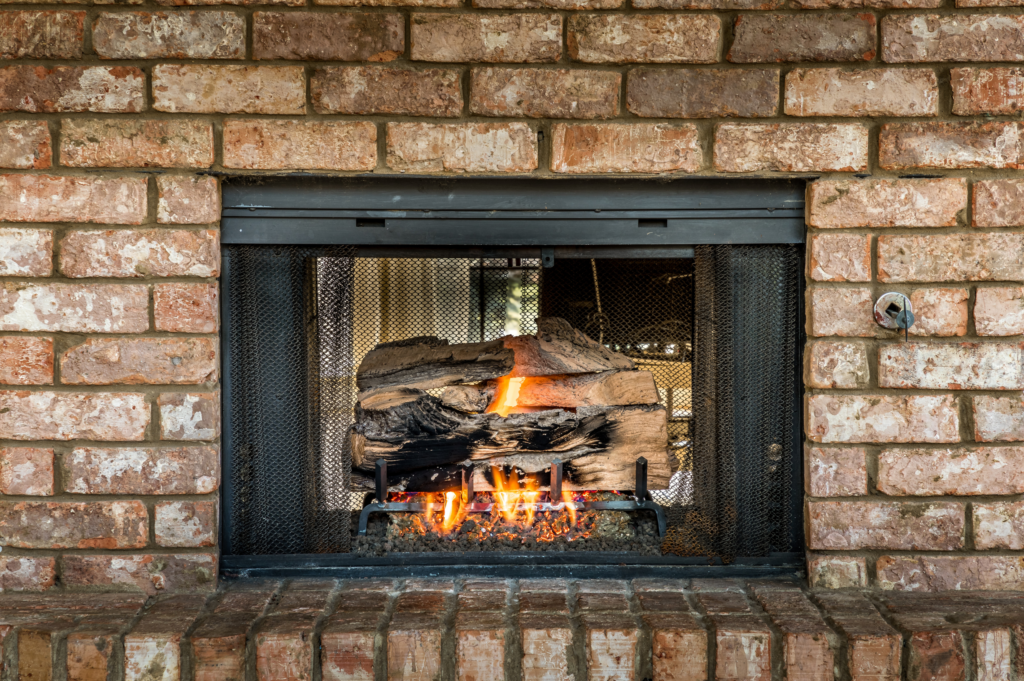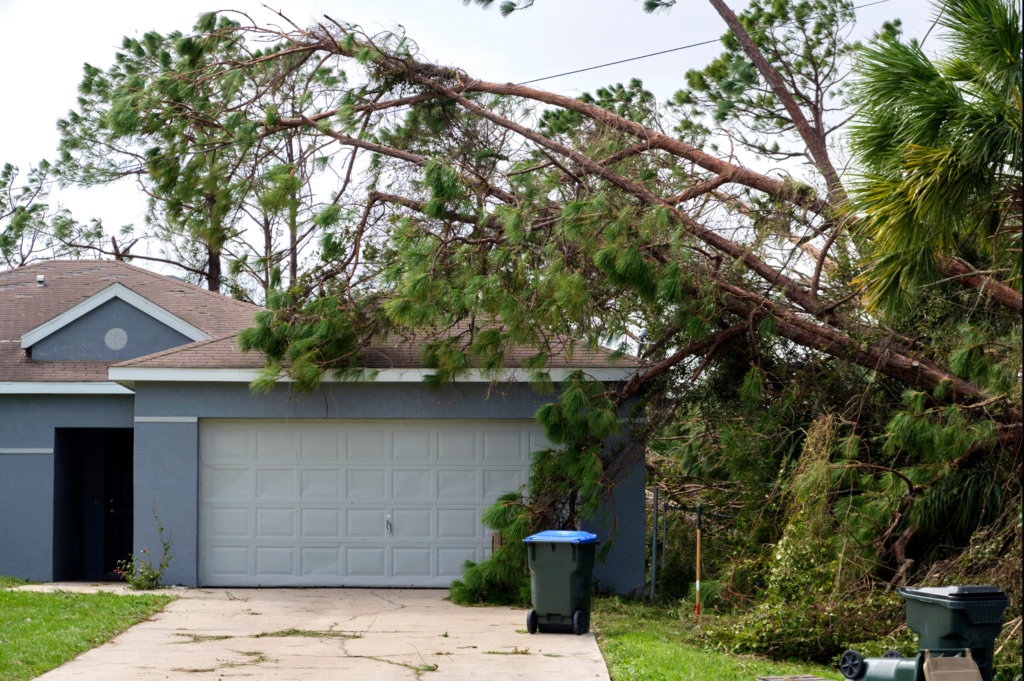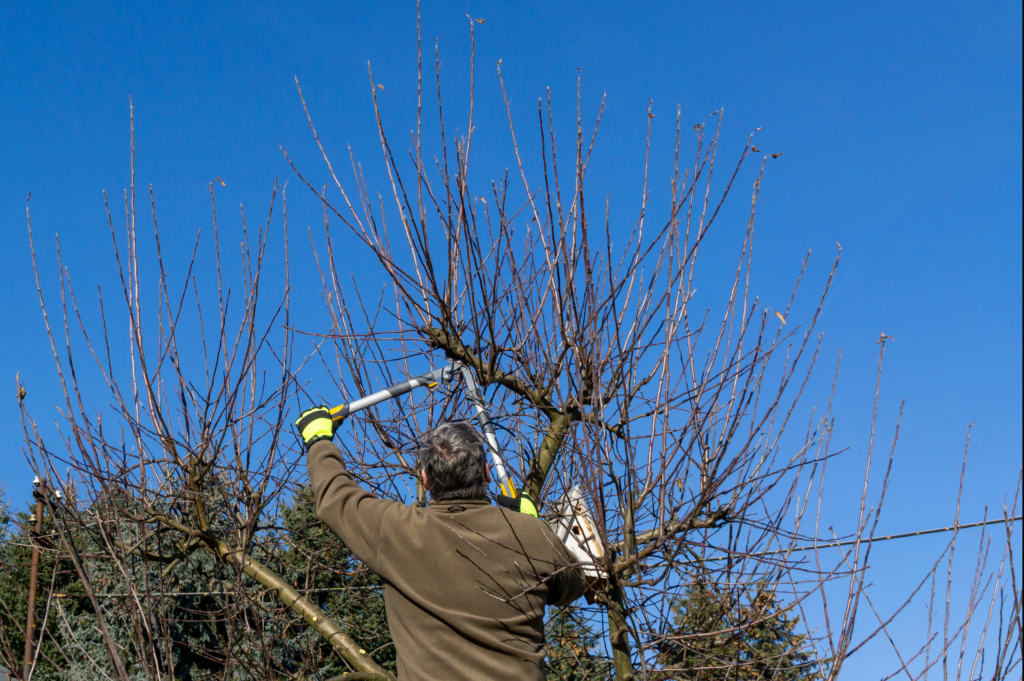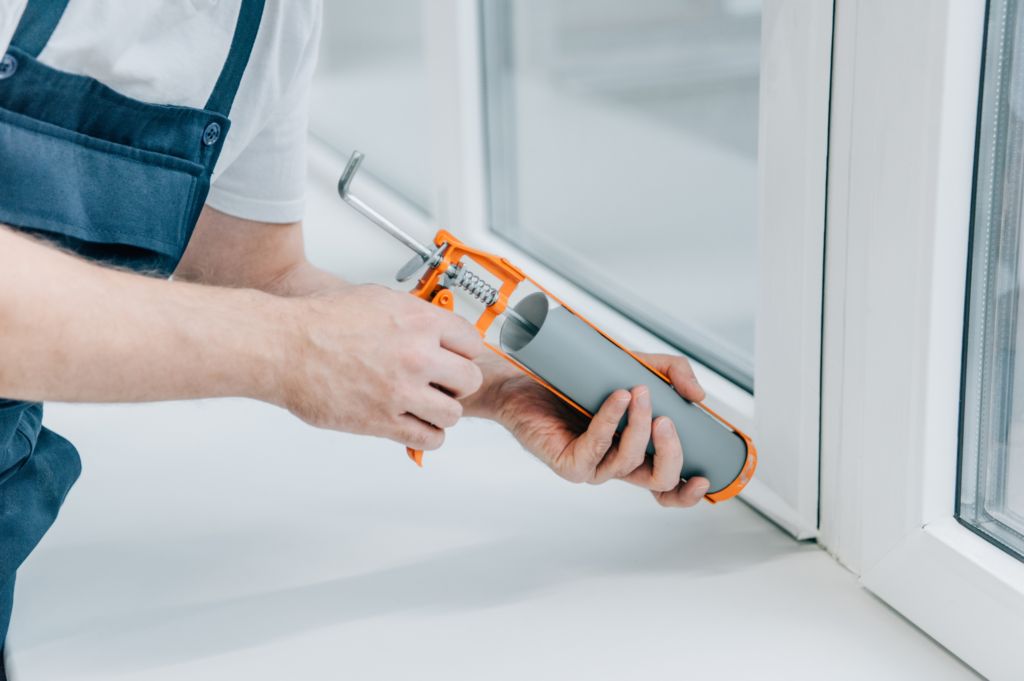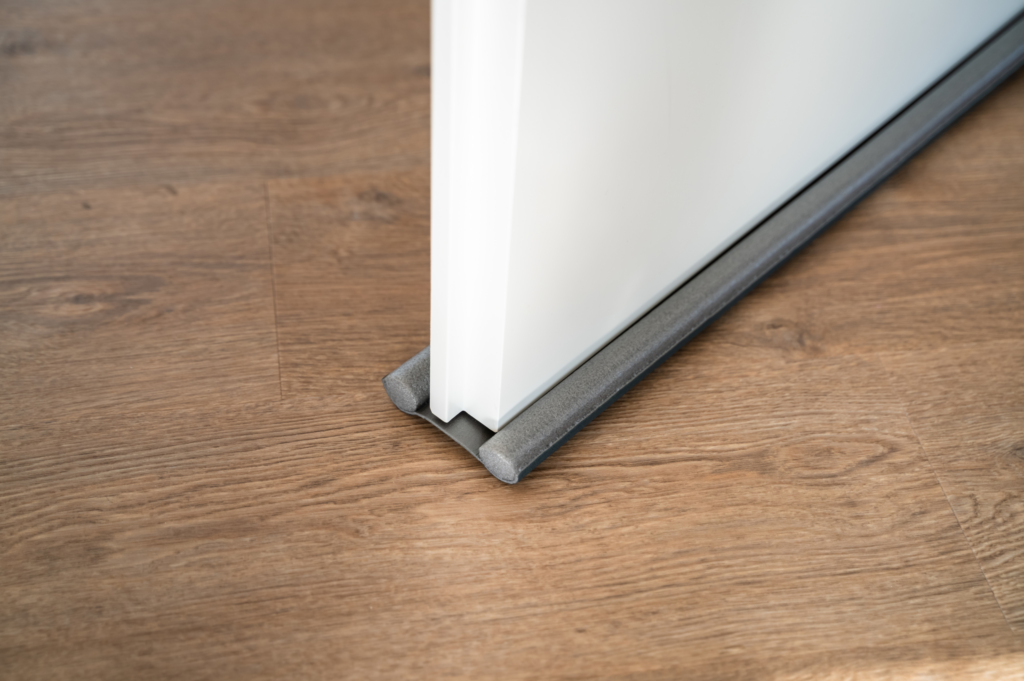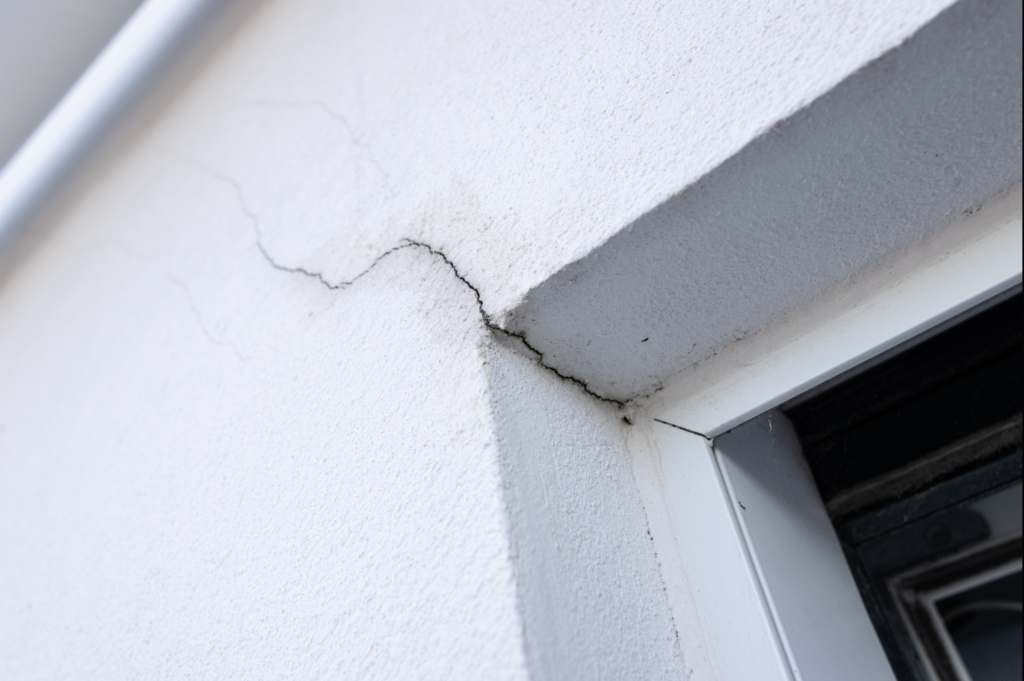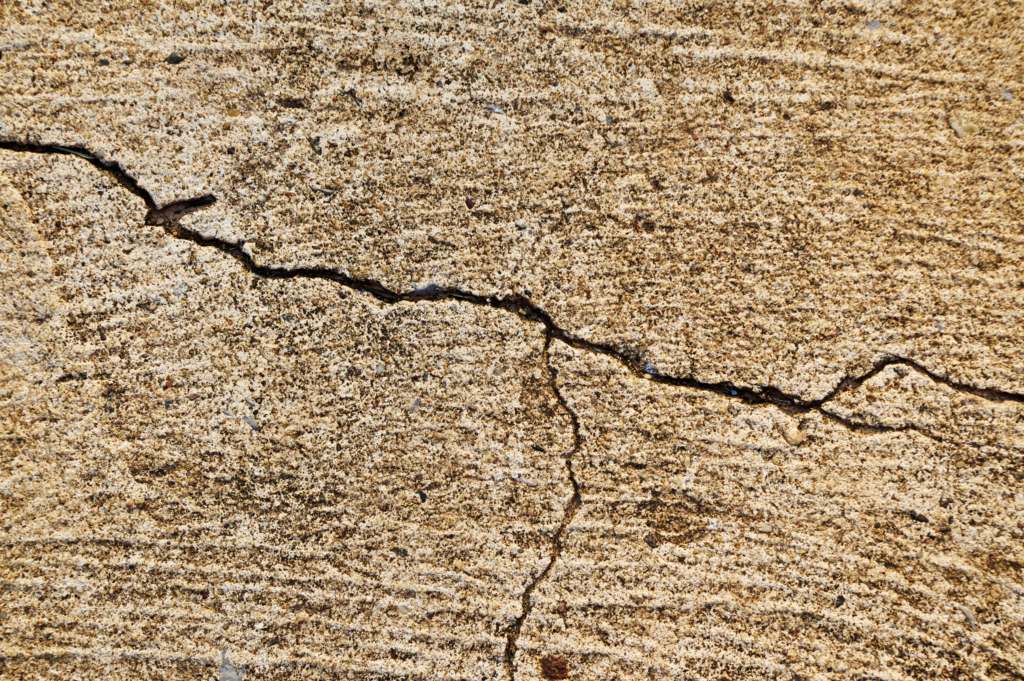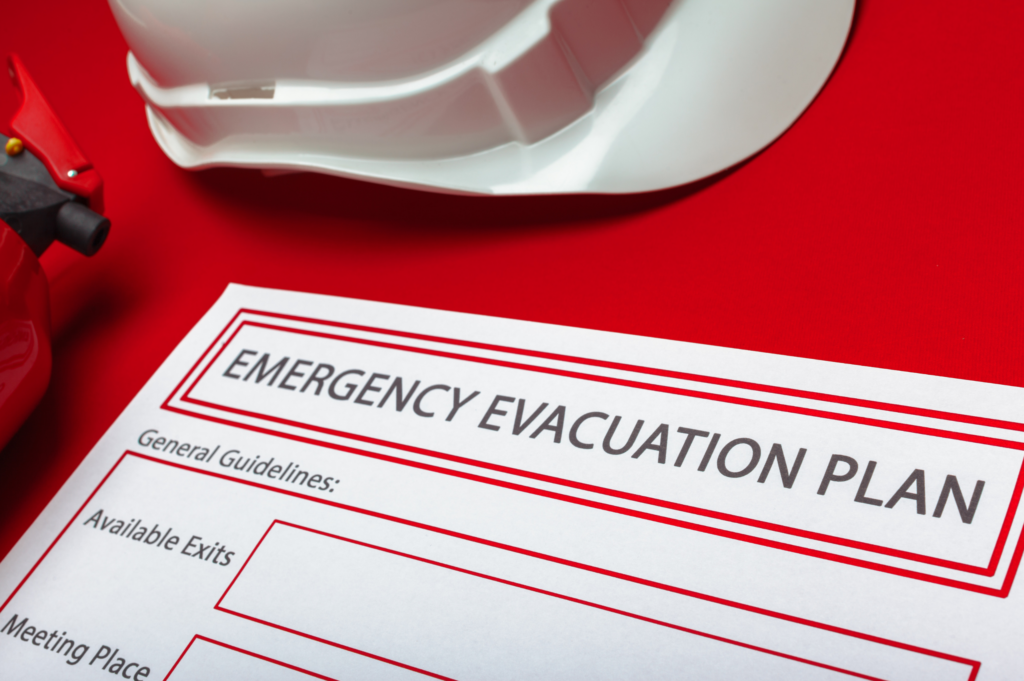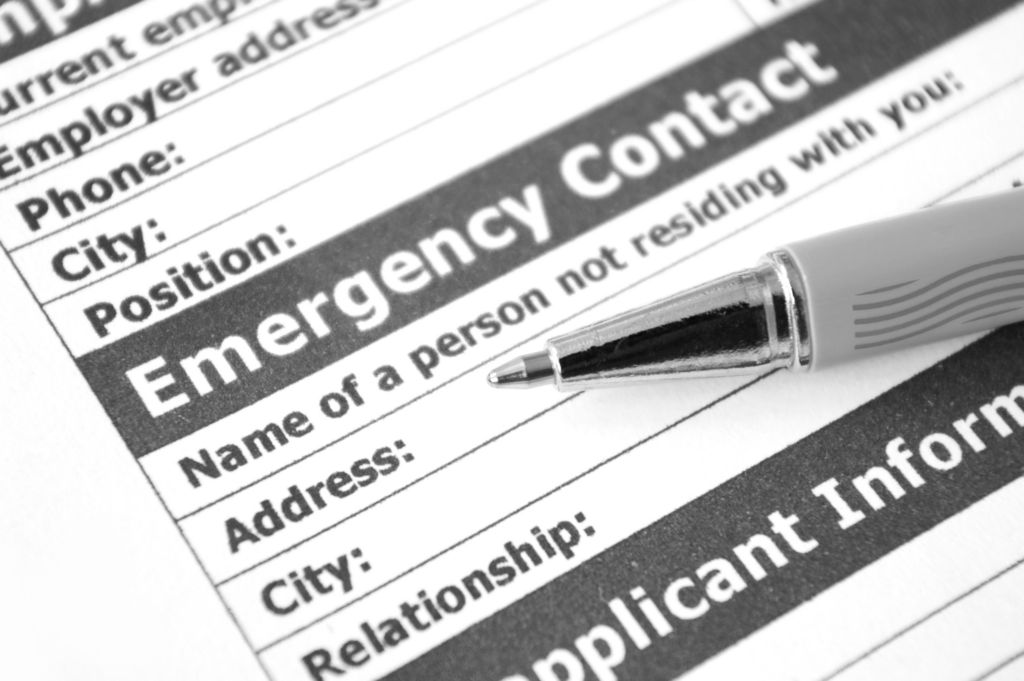2024 felt like a scene out of a disaster movie for property owners across the United States. Relentless hailstorms—with some producing record-breaking hailstones over six inches in diameter—battered properties and overwhelmed insurers. While the physical damage was evident, the financial fallout, particularly rising insurance premiums, continues to burden property owners.
Here’s how the 2024 hail season reshaped insurance premiums and what property owners need to know.
2024 Hailstorms by the Numbers: The Devastation in Context
The 2024 hail season left billions of dollars in damages in its wake. NOAA’s preliminary data highlights that hailstorms in key states, including Texas, Nebraska, and Oklahoma, caused significant destruction. Texas alone reported hailstones exceeding 6.4 inches in diameter during a May storm—one of the largest hailstones recorded in the U.S. this year.
In Nebraska, hailstorms ravaged both urban and rural areas, with agricultural losses compounding property damage costs. Nationwide, damages from hail-related storms contributed significantly to the year’s $23 billion in insured severe storm losses.
The sheer volume of claims has not only stressed insurance carriers but also prompted discussions about how to price future risks effectively. To learn more about how the increase of natural disasters has been impacting premiums, read our full blog: Is Insurance A Fading Safety Net?
Why Are Premiums Rising After the 2024 Hail Season?
The connection between hailstorms and rising premiums isn’t new, but the 2024 season has pushed insurers to adopt even stricter measures. Here’s why:
1. Unprecedented Claims Payouts
With 2024 producing some of the largest hailstorms on record, insurers faced an overwhelming volume of claims. NBC News reported, “So far this year in the U.S., thunderstorms have been responsible for about $61 billion in economic losses, according to Bowen. Hail was likely responsible for between $31 billion and $49 billion of that total. In the same period, tropical storms and flooding together have accounted for $14 billion in losses.”
2. Rising Repair Costs
The cost of repairs has surged, fueled by inflation and material shortages. Roofing materials, a frequent victim of hail damage, saw price increases of over 20% in 2024, while labor shortages consequently slowed repair times. These factors have driven up claim costs, prompting insurers to adjust premiums accordingly.
3. Advanced Risk Modeling
Insurers are relying on updated climate models that predict increasingly severe hailstorms in the future. These models influence underwriting practices, resulting in higher premiums for properties in hail-prone regions. Even though hailstorms “cause more monetary damage annually than tornadoes, on average, research on the former had stalled until recent advances in radar and weather modeling,” Evan Bush, NBC News. Several institutions plan to conduct field studies around hailstorms and their growing intensity.
How Premium Hikes Are Affecting Property Owners
Property owners in hail-prone areas are already feeling the financial sting. Texas consistently leads the nation in billion-dollar weather disasters, driving property insurance costs to unprecedented levels.
-
-
- Stricter Policy Terms: Policyholders may also encounter changes such as higher deductibles for hail damage, exclusions for cosmetic repairs, or coverage limits. This has left some homeowners vulnerable as they scale back coverage to keep premiums manageable.
- Underinsurance— A Growing Concern: Rising premiums are driving underinsurance, with property owners opting for reduced coverage or higher deductibles. This trend could leave many underprepared for the next hailstorm season. To learn more about underinsurance, read our blog, Are You Underinsured?
-
To find out if there are any gaps in your coverage, submit your insurance policy for review today!
What Can Homeowners Do to Navigate These Changes?
While rising premiums are challenging, property owners can take proactive steps to help mitigate the financial impact, for example:
1. Invest in Impact-Resistant Materials
Opting for impact-resistant shingles or metal roofing can qualify homeowners for discounts. These materials reduce the likelihood of severe hail damage, lowering the risk for insurers.
2. Conduct Regular Policy Reviews
Regularly reviewing your insurance policy with a qualified professional can help identify coverage gaps and potential savings. This ensures you’re adequately protected at the least amount of cost possible.
3. Work with a Public Adjuster
If your property sustains hail damage, consider working with a public adjuster like Premier Claims. Public adjusters can help maximize your settlement and help ensure you’re compensated fairly for all damages.
4. Advocate for Legislative Action
Collaborating with state governments to establish reinsurance programs or stabilization initiatives can help mitigate premium hikes for hail-prone communities.
A Glimpse into the Future: Will 2025 Be Any Better?
Early forecasts suggest that 2025 may bring similar challenges, with weather models predicting another active hail season. Property owners can take proactive measures now, from upgrading roofing to revisiting their insurance policies, to prepare for the next round of storms.
The 2024 hail season underscored the need for property owners to stay informed and proactive. Rising insurance premiums are a direct response to the staggering costs of hail damage, but there are steps you can take to minimize the financial burden. Whether it’s through impact-resistant upgrades, policy reviews, or public adjuster services, preparation is key to weathering the storm—both literally and financially.

